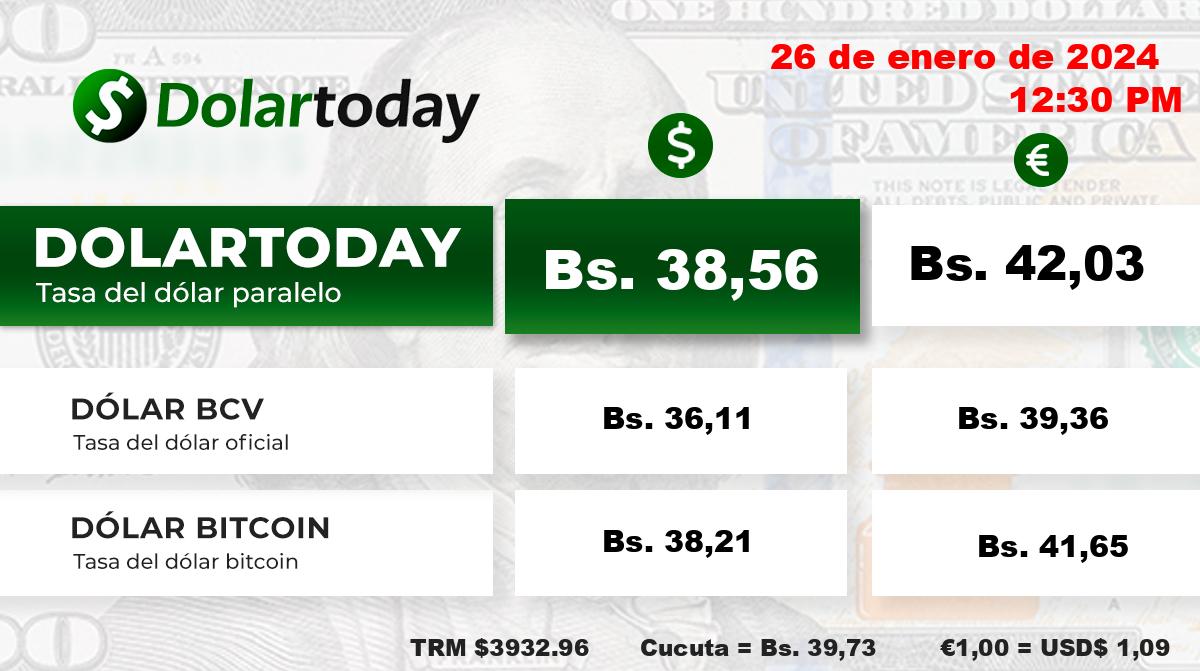The foreign exchange market is a dynamic arena where currencies fluctuate based on various economic, political, and global factors. Among the currencies frequently observed is the Mexican peso, which shares a unique relationship with the US dollar. In this article, we will delve into the current status of the Mexican peso against the US dollar, exploring the factors influencing its valuation and potential implications.
Historical Perspective:
To understand the present, it’s crucial to reflect on the past. The Mexican peso has a history of volatility, influenced by domestic economic policies, global economic conditions, and geopolitical events. In recent times, the peso has experienced periods of strength and weakness against the US dollar, shaping its current standing in the foreign exchange market.
Current Exchange Rate:
As of the last available data, the exchange rate between the Mexican peso and the US dollar is a key metric to evaluate the economic dynamics between the two countries. Exchange rates are subject to constant fluctuations due to various factors, including interest rates, inflation, political stability, and trade balances.
Factors Influencing the Exchange Rate:
- Economic Indicators: Economic indicators play a pivotal role in determining the strength of a currency. Factors such as GDP growth, employment rates, and inflation can impact investor confidence and influence the demand for a particular currency.
- Interest Rates: Central banks’ monetary policies, including interest rate decisions, have a significant impact on exchange rates. Higher interest rates can attract foreign capital, increasing demand for the domestic currency and potentially strengthening it against other currencies.
- Political Stability: Political stability is a critical factor for currency valuation. Investors tend to favor countries with stable political environments, as uncertainty can lead to capital flight. Any political developments in Mexico or the United States can have repercussions on the peso-dollar exchange rate.
- Trade Balances: Trade balances between countries influence currency values. Mexico’s trade relations with the United States, its largest trading partner, can impact the peso. A trade surplus might strengthen the peso, while a deficit could lead to depreciation.
- Global Economic Conditions: The global economic landscape also affects the peso-dollar exchange rate. Economic crises or strong performances in major economies can trigger shifts in investor sentiment, impacting the demand for different currencies.
- Pandemic Impact: The COVID-19 pandemic has introduced unprecedented challenges to global economies. The measures taken by governments to curb the virus’s spread, such as lockdowns and restrictions, have had profound effects on economic indicators, influencing currency values.
Potential Implications:
Understanding the current status of the Mexican peso against the US dollar provides insights into potential implications for various stakeholders.
- Importers and Exporters: Fluctuations in the exchange rate can impact import and export businesses. A stronger peso may benefit importers, while a weaker peso may favor exporters. Businesses must adapt their strategies based on the prevailing exchange rate conditions.
- Investors: Investors with exposure to Mexican assets or involved in currency trading will closely monitor the peso-dollar exchange rate. Changes in valuation can present both risks and opportunities for investors seeking to optimize their portfolios.
- Tourism Industry: The tourism industry can be significantly affected by currency fluctuations. A weaker peso may attract more international tourists, boosting the sector, while a stronger peso might make domestic travel more appealing.
- Government Policies: The Mexican government may adjust its economic policies based on the peso’s performance. Central bank interventions or fiscal policies may be implemented to stabilize the currency or stimulate economic growth.
Conclusion:
The current status of the Mexican peso against the US dollar is influenced by a myriad of factors. It’s a complex interplay of economic indicators, political developments, and global events. Monitoring the exchange rate is crucial for businesses, investors, and policymakers alike, as it provides valuable insights into the economic landscape. As the global economy continues to evolve, staying informed about currency dynamics is essential for making informed decisions in an interconnected and dynamic financial world.

